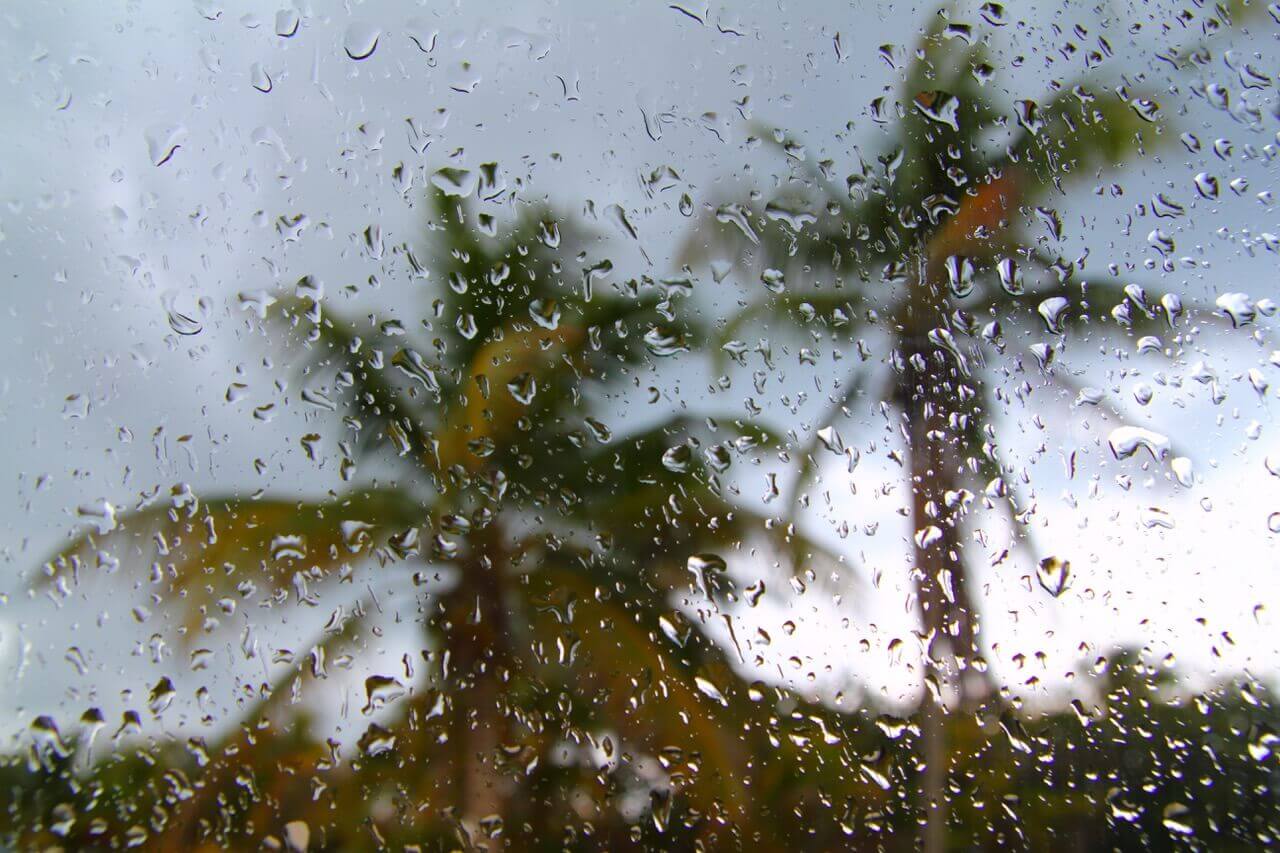Written by Lauren James Budhu
For California residents, extreme weather seems to be a way of life nowadays. Just a few short months ago, the West Coast state was consumed with a major drought that restricted the water supply, affected wildlife and plants, and ignited wildfires across the state. Yet over the last month, California has not only been buried with snow in the north, but also pounded by torrential record-breaking rains and wind in the coastal areas, causing historic flooding.
It could be attributed to what is called an atmospheric river storm, a trail of river-like condensed water vapor that travels within the atmosphere, in tandem with the weather, according to the National Ocean and Atmospheric Administration (NOAA). Downtown San Francisco received 18 inches of rain from Dec. 26 through Jan. 16, the most in a 22-day span since 1862, while Oakland and Stockton saw more rainfall from Dec. 26 to Jan. 10 than in any other 16-day period on record. In fact, in one weekend in January, a storm hit southern California and the Bay Area with more than six inches of rain!
As you may have guessed, this abundance of rain has caused lots of flooding, fallen trees, sinkholes and landslides. Many have even had to evacuate their homes, and thousands of homes and businesses were without power for days. At least 19 people have died since the start, according to The Associated Press.
According to the Forbes article, “What is an Atmospheric River? Here’s Why California is Getting Hammered with Them,” scientists think that atmospheric rivers over the Pacific Ocean have been stuck in a storm track without a La Nina climate pattern to disrupt the current path, bringing each of them to the western coast of California. Atmospheric rivers can carry major amounts of water vapor equivalent to the average amount of water flowing at the mouth of the Mississippi River and dump them in large volumes, according to the National Oceanic and Atmospheric Administration.
Fortunately, there is a possible bright spot to these gnarly storms– this precipitation will likely boost hydroelectric production, which will help the electric grid, particularly in the summertime when it comes under strain. They expect to have more hydroelectricity generated this year than they have for the last several years.
Over the holidays, we visited my husband’s family in Los Angeles, which seemed to be drenched most of the 11 days we were there, something that never happens. Southern California is known for its bright, sunny days, so not being able to visit the beach or do many things outside most of the trip was a bummer. We also made a quick trip up to the Sierra Nevadas for snowboarding at Mammoth Lakes and needless to say, we were stuck in the hotel for the two-night stay. We were hit with a major blizzard on New Year’s Eve and did not have the gear to trek our two kiddos in the crazy foot of snow. We found out the most recent estimate of snowfall there this season is close to 32 feet! We have friends who live in some of the areas affected by the flooding, such as San Francisco, so I worried for their safety much of the time we were out there.
So, how can you help individuals and communities impacted by these California storms? Here are some ways:
● GoFundMe has set up a page where people can donate to those in need through verified fundraisers.
● Donate locally to the Santa Cruz County Disaster Fund, an area with extreme flooding.
● Help the California Community Foundation, which provides emergency support for LA’s unhoused population.
Learn more about how to get help or help those in need after devastating storms.


















